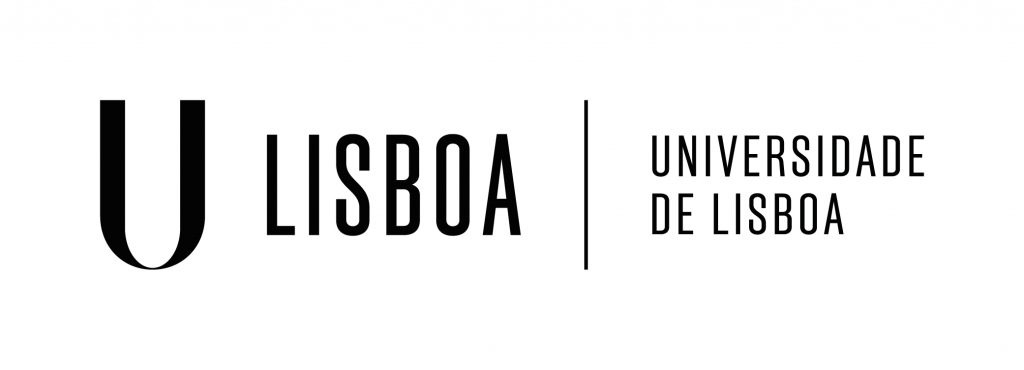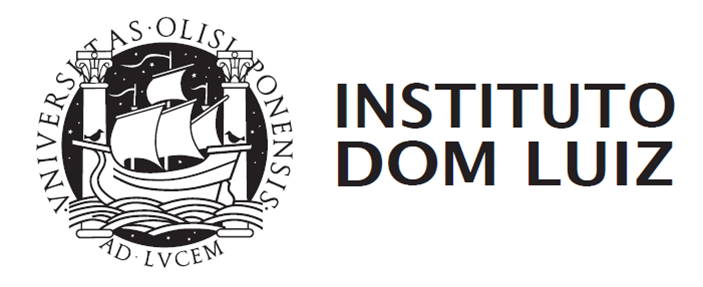Optical reflected light microscopy techniques applied to geological and environmental studies: 反射光显微镜技术在地质与环境研究中的应用
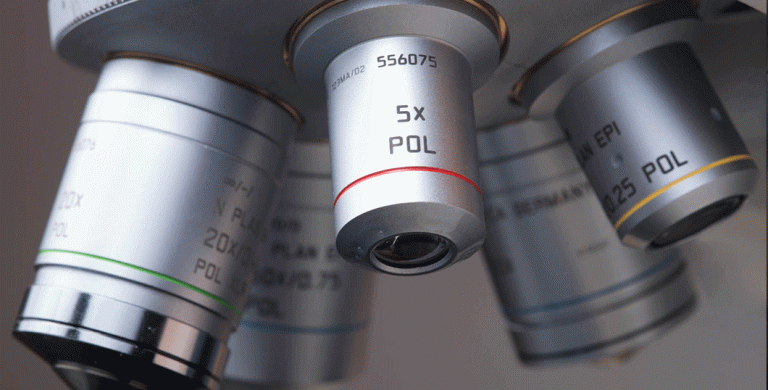
Where: ISE-USJ (Science Lab) – Rua de Londres,116 (NAPE), Macau
When: Monday, October 14; Wed., October 16 and; Thurs., October 17: 6:30pm – 9:30pm
Cost: FREE – this course is an offer of the SWIMAR project (FDCT) and the Institute of Science and Environment (ISE-USJ)
Certificates will be provided to each participant upon completion of the course
If you have any question or problems during your registration please contact Lucia Ivorra Gonzalez: 201600297@usj.edu.mo
Outline
Day 1 – Preparation Techniques for Optical Microscopy Analysis
- Theoretical Session: Standard preparation techniques for optical microscopy analysis (reflected Light microscopy).
- Practical Session Sampling; mounting; polished blocks improvement and care.
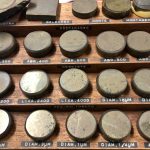
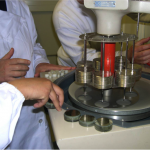
Day 2 – Optical Properties of Opaque Minerals in Polished Sections
- Theory Session: Using the optical polarized reflected light microscope to identify opaque minerals; Mineral textures and their importance.
- Practical Session: Common ore minerals identification using the optical microscope; Mineral intergrowths and texture analysis.
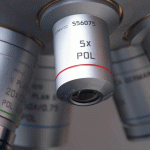
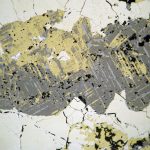
Day 3 – Applied Mineralogy to Earth, Planetay and Environmental Studies
- Theory Session: Complementary electron beam analyses techniques and automated mineralogy to characterize ore minerals and process products and its application to environmental studies.
- Practical Session: Case-studies in applied mineralogy to earth, space and environmental sciences; Final discussion and conclusions.
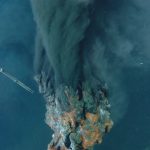
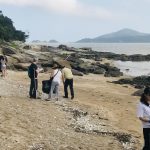
Abstract
Minerals, as the inorganic solids that comprise the rocks, ores, sediments and soils of the Earth and any solid space object, are the essential part of our environment and the universe. The mineralogical characterization of these materials is of paramount importance for the society, no matter what the final objectives of its study are (research, economics or environment). The optical microscopy, particularly the polarizing microscope to examine thin and/or polished sections in transmitted or reflected light, is often the simplest means to identify the mineral species present in a sample. The objectives of this short course are: (1) to introduce the participants to a range of techniques used in samples processing; (2) to teach the theoretical and practical aspects of the polarising microscope and to train competences and skills to identify opaque minerals under the polarised optical microscope and; (3) to understand, based on real case-studies, the practical aspects of applied mineralogy to the different scientific fields.
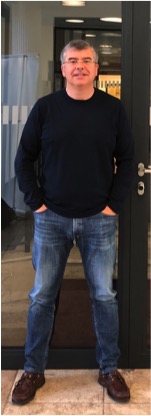
Álvaro Madureira Pinto
Álvaro Madureira Pinto was born in Porto, Portugal; Degree in geology at the University of Porto and Masters degree in geology/metallogeny at the University of Lisbon; Was mineralogist at the Neves Corvo mine and at the National Museum of Natural History and Science of the University of Lisbon; Was invited assistant professor in geology at the Faculty of Sciences of the University of Lisbon; Currently is Executive Director of the Lousal Science Centre, member of the portuguese Ciência Viva network, in representation of the Faculty of Sciences; Researcher at the Instituto Dom Luiz of the University of Lisbon (IDL/FCUL – Laboratório Associado); Participation in several research projects; Author or co-author of more than three dozen of scientific papers and guest speaker in different organisms. International mining consultant for applied mineralogy in ore exploration, ore exploitation, ore beneficiation and environmental issues.


